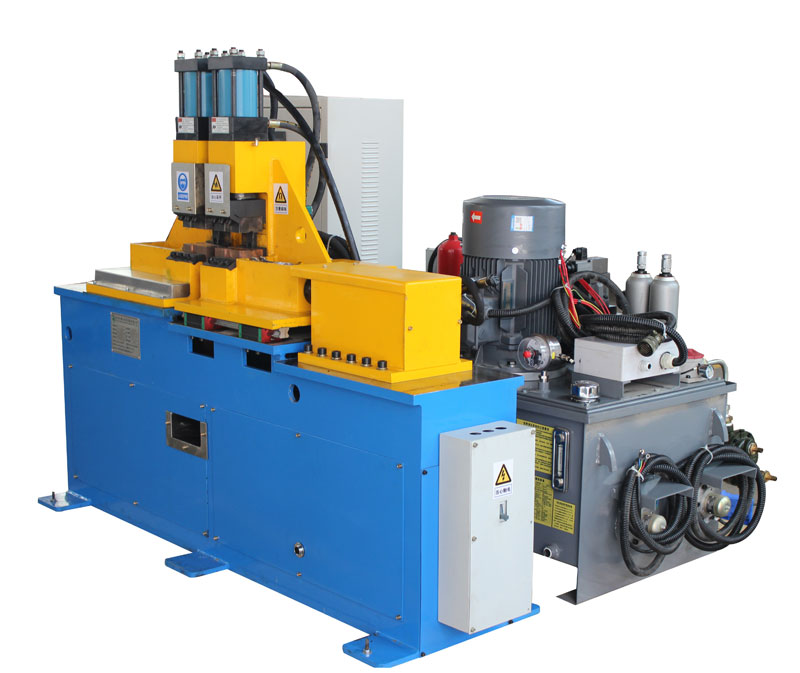In-Depth Explanation of Butt Welding Machine Knowledge
Butt welding machines are indispensable tools in various industries, enabling efficient and reliable joining of metals. To fully comprehend the capabilities and applications of these machines, a comprehensive understanding of the key knowledge points is essential. This article provides an in-depth exploration of the critical aspects of butt welding machines, shedding light on their functionality and significance in welding processes.
- Welding Principles and Techniques: At the core of butt welding machines lie the fundamental welding principles and techniques. Understanding the different welding methods, such as resistance spot welding and flash butt welding, empowers welders to choose the most suitable technique for specific applications and materials.
- Machine Components and Operation: Exploring the intricate components and operation of butt welding machines is vital to grasp their functionality fully. From electrode holders and clamps to control panels and welding transformers, each component plays a unique role in the welding process.
- Welding Current and Voltage: An in-depth knowledge of welding current and voltage is crucial for achieving precise control over the welding process. Understanding how to adjust these parameters correctly ensures consistent weld quality and penetration depth.
- Welding Parameters Optimization: Optimizing welding parameters, such as welding time, electrode force, and welding speed, is essential for achieving desired weld characteristics. Knowing how to fine-tune these parameters ensures welders can adapt the process to meet various material thicknesses and joint configurations.
- Material Selection and Preparation: Selecting the appropriate materials and preparing them adequately significantly impact the welding outcome. Understanding the metallurgical properties of different materials and the proper surface preparation ensures optimal weld results.
- Welding Safety and Quality Standards: Safety should always be a top priority in welding operations. Learning about safety precautions, protective equipment, and adherence to welding quality standards ensures a safe and compliant welding environment.
- Non-Destructive Testing and Inspection: Non-destructive testing (NDT) methods, such as ultrasonic testing and radiography, are essential for inspecting weld integrity without damaging the workpiece. Familiarity with these inspection techniques aids in identifying potential defects and ensuring weld quality.
- Welding Automation and Industry Advancements: Advancements in welding automation and robotics have revolutionized the welding industry. Understanding how to integrate automation in butt welding machines and harnessing the benefits of industry innovations improve welding efficiency and productivity.
In conclusion, delving into the knowledge points of butt welding machines is indispensable for welders and professionals in the welding industry. Mastering welding principles, machine operation, welding parameters optimization, and safety standards ensures successful welding processes. With a comprehensive understanding of the critical aspects, welders can make informed decisions, optimize weld quality, and embrace the advancements shaping the welding landscape. Butt welding machines, backed by extensive knowledge, remain key contributors to efficient and precise metal joining, driving progress across diverse industries.
